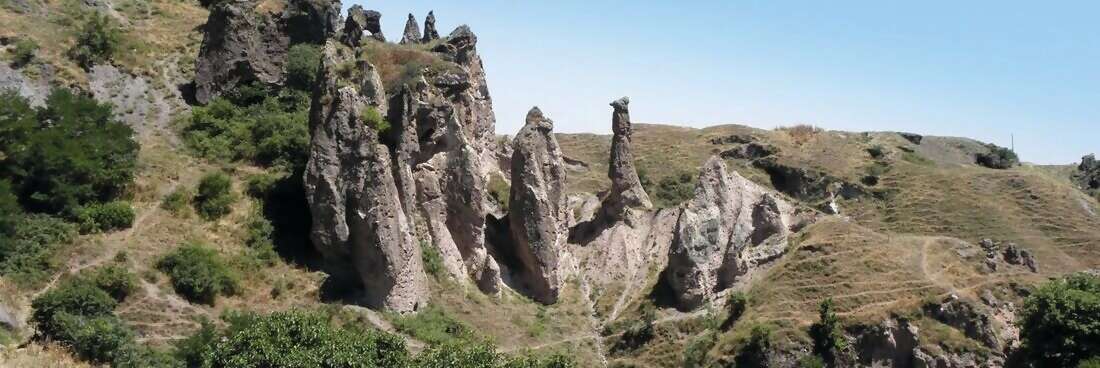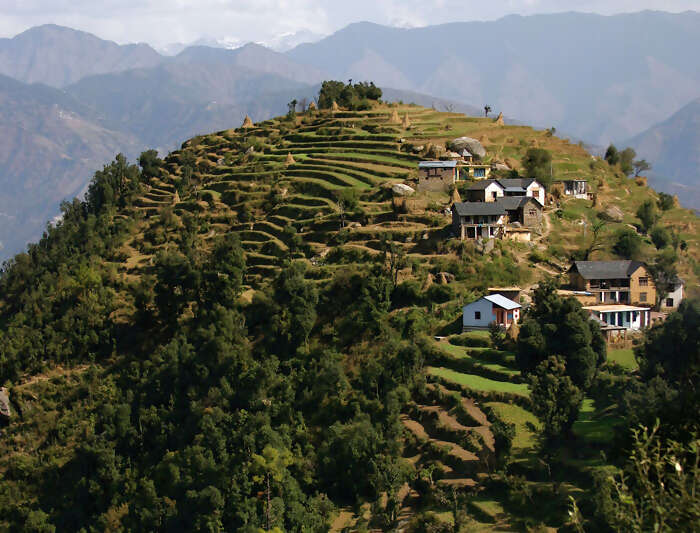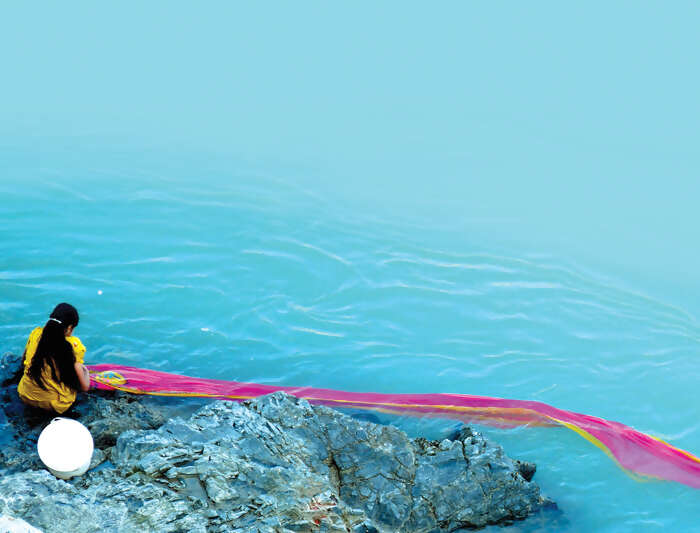 Rose-hued cities, time-worn desert forts and holy rivers – North India is the subcontintent’s showpiece, a place where ancient ruins punctuate peaceful countryside and everyday life is a riot of colour and noise. From the gleaming walls of the Taj Mahal to Delhi’s chaotic streets, India’s energy will leave you giddy with excitement and sporting a smile that’s wider than the Ganges. Spiritual, yet never afraid to entertain – the sites of North India are as alive as a crowded laneway, as vast as the Thar Desert sands, as humbling as a Varanasi dawn and as intricate as the Amber Fort. So give your senses a well-earned kick and delve into a North Indian adventure that ticks all the boxes.
Rose-hued cities, time-worn desert forts and holy rivers – North India is the subcontintent’s showpiece, a place where ancient ruins punctuate peaceful countryside and everyday life is a riot of colour and noise. From the gleaming walls of the Taj Mahal to Delhi’s chaotic streets, India’s energy will leave you giddy with excitement and sporting a smile that’s wider than the Ganges. Spiritual, yet never afraid to entertain – the sites of North India are as alive as a crowded laneway, as vast as the Thar Desert sands, as humbling as a Varanasi dawn and as intricate as the Amber Fort. So give your senses a well-earned kick and delve into a North Indian adventure that ticks all the boxes.
Highlights
Tick off the big ticket items like the Taj Mahal and Varanasi and spend plenty of time away from the bustle of big cities in lesser visited towns and villages like Alipura, Orchha and Chanderi.
Our time in Chanderi is our travellers’ favourite on this itinerary - share a meal at home with our local friends who are passionate about sharing their culture and town with you.
Witness religious ceremonies, visit temples and monuments, stay in heritage properties and explore with local guides and your expert leader. There is so much variety packed into this trip to show you as many facets of this unforgettable country as we can.
Enjoy cooking demonstrations, home cooked meals and chow down on the best of local street food like roti, chaat, samosas and poori.
Hear the story of how the tigers of Panna National Park came back from the brink of extinction to the thriving population that lives there today.
The Hindu and Jain temples of Khajuraho are stunning in the scale and detail and are sure to leave a lasting impression.
A chance to float among the clouds over Jaipur and watch an Indian sunrise from the basket of a hot air balloon as an optional activity








- You will visit the following places:
-

Jaisalmer
-

Jaipur
Jaipur is the capital and largest city of the Indian state of Rajasthan in Northern India. It was founded on 18 November 1727 by Maharaja Jai Singh II, the ruler of Amer after whom the city is named. As of 2011, the city has a population of 3.1 million, making it the tenth most populous city in the country. Jaipur is also known as the Pink City of India. Located 260 km from the Indian capital New Delhi, Jaipur forms a part of the Golden Triangle tourist circuit along with Agra (240 km). Jaipur is also a popular tourist destination in India and serves as a gateway to other tourist destinations in Rajasthan such as Jodhpur (348 km), Jaisalmer (571 km) and Udaipur (421 km).
-

Agra
Agra is a city on the banks of the river Yamuna in the northern state of Uttar Pradesh, India. It is located at the banks of river Yamuna, 363 kilometres (226 mi) west of state capital, Lucknow and 200 kilometres (124 mi) south from national capital New Delhi. With a population of 1,686,976 (2010 est.), it is one of the most populous cities in Uttar Pradesh and the 19th most populous in India. Because 80 percent of the city's sewage flows into Yamuna River, it is 20th most polluted city in India. The city is a major tourist destination because of its many splendid Mughal-era buildings, most notably the Tāj Mahal, Agra Fort and Fatehpūr Sikrī, all three of which are UNESCO World Heritage Sites. Agra is included on the Golden Triangle tourist circuit, along with Delhi and Jaipur. The city has little else to recommend it. Pollution, especially smog and litter, is rampant and travellers are pestered by swarms of touts and hawkers at every monument, mosque, temple or palace. That said, the sites are some of the wonders of the world and no trip to India is complete without at least one visit to the Taj!
-

Varanasi
Varanasi is a historical city in northern Indian state of Uttar Pradesh. Once known as Benares or Banaras and Kashi, the city is sacred to Hindus and Jains and also one of the oldest continuously inhabited cities in the world, with settlements dating back to the 11th century BC. Many Hindus believe that dying in Varanasi brings salvation/nirvana and so they make the trip to the city when they realize that they are close to death. For some, the culture shock of the burning corpses in plain view and the feces overflowing from the Ganges can be a bit overwhelming. However, the scene of pilgrims doing their devotions in the River Ganga at sunrise set against the backdrop of the centuries old temples is probably one of the most impressive sights in the world.